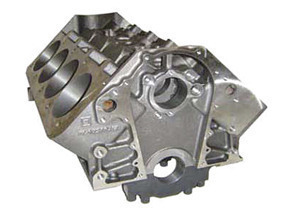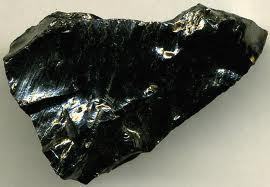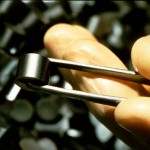Clean gas induction, commonly referred to as CGI, is a technology found in specific types of engines to reduce harmful environmental emissions and improve fuel efficiency. Clean gas induction technology is found in specific types of engines including stratified charge engines and engines using Caterpillar ACERT technology. It should be noted that this technology is found in engines that run on either diesel or gas.
As stated above, clean gas induction is used by both gasoline and diesel engines; however, the process of fuel induction is different for each kind of engine.
Clean Gas Induction in Diesel Engines
Caterpillar manufactures engines with ACERT technology. ACERT stands for four specific principles including; air management, precision combustion, advanced electronics and effective after-treatment. Since 2007 government emissions standards have restricted the allowed amount of specific pollutants, Caterpillar has increased its marketing of ACERT technology. This technology is designed to meet tough emissions standards and deliver good fuel efficiency for vehicles such as trucks busses, RVs and fire trucks.
It should be noted that ACERT technology is a propriety technology found only on some Caterpillar diesel engines. The process of clean gas induction on these engines is as follows:
Fuel within Caterpillar's diesel engines with ACERT technology will normally be burned and pass through the after-treatment system. At this point, small amounts of fuel that have not combusted are drawn out from the rest of the combusted fuel substances. During this process, non-combusted fuel is cooled and allowed to mix again with cool, clean air. It is then returned to the combustion chamber for another pass. The benefits of this second pass is that since the fuel has already gone through the particle filter of the ACERT process, most of the contaminates have been removed, making it a much cleaner fuel that not only adds fuel efficiency but also reduces the amount of pollutants in the final exhaust.
Clean Gas Induction in Gasoline Engines
Clean gas induction in gasoline engines is usually found on stratified charge engines, which is a normal type of internal combustion engine. It should be noted that while stratified charge engines burn gasoline, they are strikingly similar to diesel cycle engines. The term stratified refers to the technology of layers fuel and air mixtures and the charge within the cylinder causing combustion.
Stratified charge engines differ from typical gas engines in that both fuel and air are mixed outside the cylinder, once mixed it is drawn into the cylinder during the intake stroke. Even though fuel and air mix outside, the ratios are usually kept very close to stoichiometric, which is a term that means that both fuel and air are mixed precisely so that both substances combust smoothly and completely, leaving very little waste of fuel.
Unfortunately, even though most typical combustion gas engines combust fuel efficiently, the resulting exhaust usually contains single atoms of oxygen and nitrogen, which fuse together in the heat. They come together to form NOx, which is a dangerous pollutant. In modern cars that include a catalytic converter, these dangerous pollutants are once again split to form both O2 and N2 before being released out of the exhaust of the vehicle.
The stratified charge engine that includes clean gas induction works differently, specifically by using a direct injection system. With clean gas induction, fuel injectors inject fuel into one specific area of the cylinder. In these engines, each cylinder has a small section at the top of the cylinder called a sub-cylinder. By feeding fuel through the sub-cylinder, a rich, smooth charge ignites and burns the fuel quickly and easily. Once the fuel has been combusted, it moves quickly to a part of the cylinder in which there is often only air, allowing any exhaust to cool quckly. This quick-cooling exhaust means that the harmful NOx pollutant has very little opportunity to form, making for a much more efficient and cleaner burning engine.
Three ways stratified charge engines with clean gas induction excel compared to regular engines are:
- With stratified charge engines, a catalytic converter is not needed due to the fact that NOx has little opportunity to form.
- Because fuel and air can be run at leaner mixtures, less fuel is used in the process, making the vehicle more fuel efficient.
- Less NOx means less pollution. A stratified charge engine including clean gas induction is in many cases a greener vehicle.
Clean Gas Induction in Vehicles
In the past, stratified charge engines using clean gas induction have been used on a variety of successful vehicles including Honda CCVC engines used on both Honda Civic and Accord models in the 1970s and Jaguar in the 1980s specifically on their V-12 H.E. (high efficiency engine).
While stratified charge engines using clean gas induction have been used in the past, they are also being used today by many car, truck and engine manufacturers. For instance, Mitsubishi, Mazda, Audi, Peugeot, Citroen and Volvo either have vehicles on the road with these types of engines or are currently developing these types of engines for mass production.
Generally speaking, most vehicles with stratified charge engines using clean glass induction are typically 4% to 20% more efficient in the amount of fuel they use. In addition, exhaust emissions are also significantly lower for these types of engines compared to non-stratified charge engines.




Deanna Roberts
Have a 2011 kw with a c15, it has a clean air induction mass flow rate code. Does this have something to do with the dpf? Should the filter be cleaned or a sensor replaced